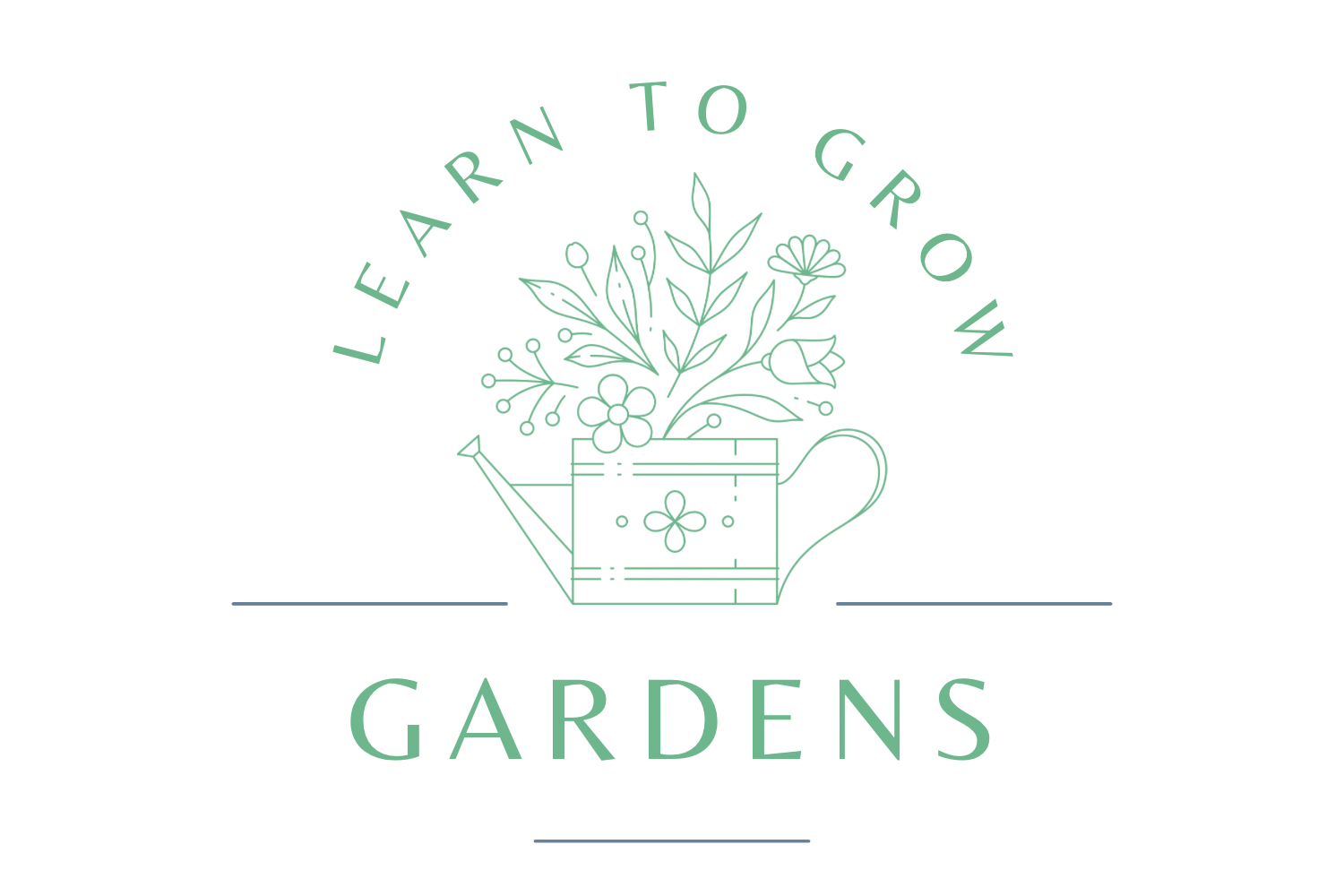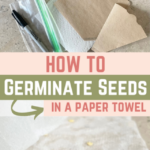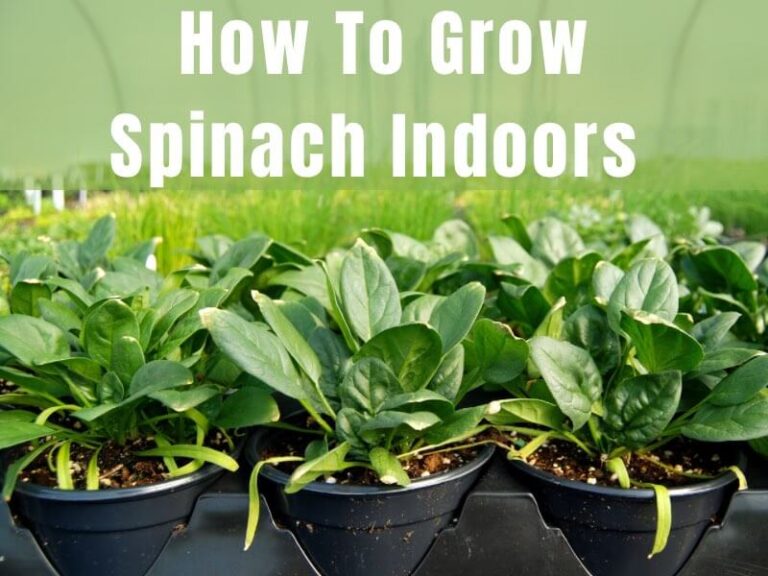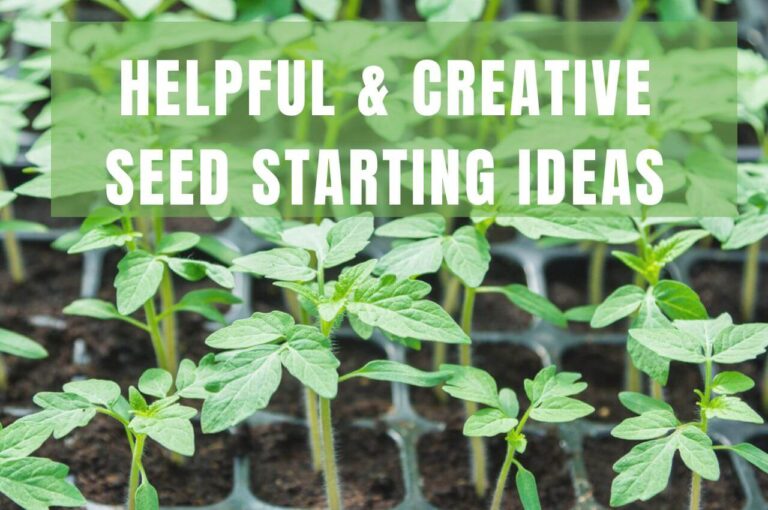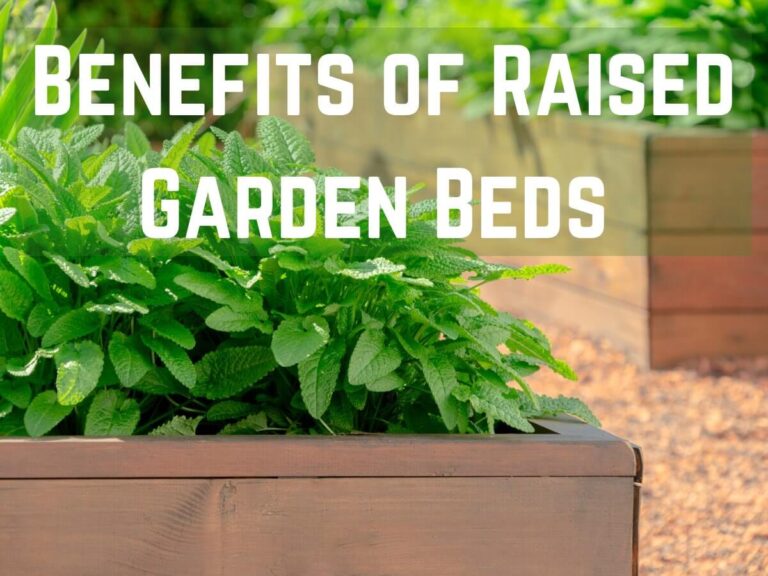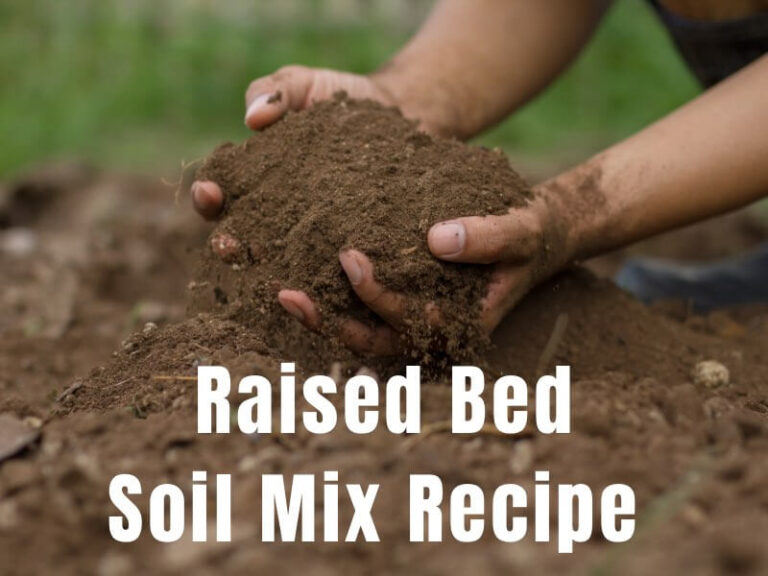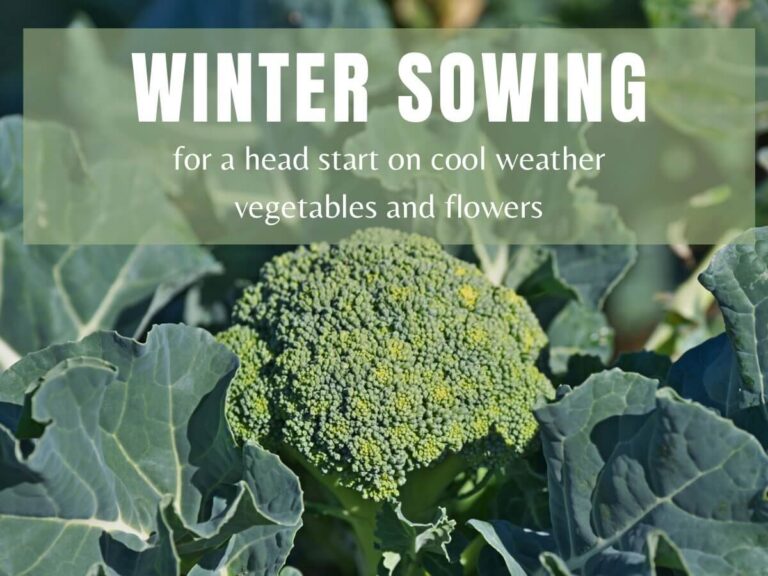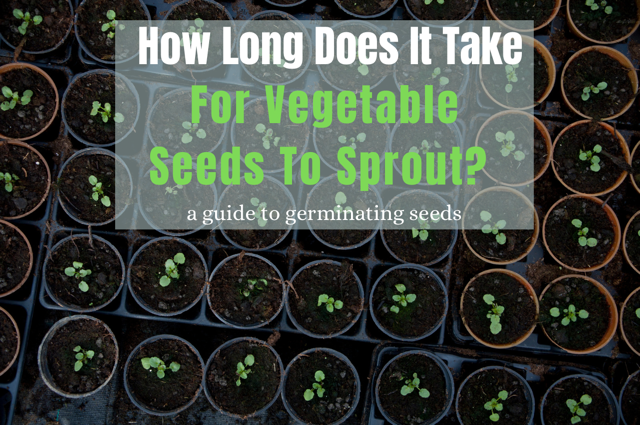How To Germinate Seeds In A Paper Towel: An Easy, Step By Step Guide With Pictures
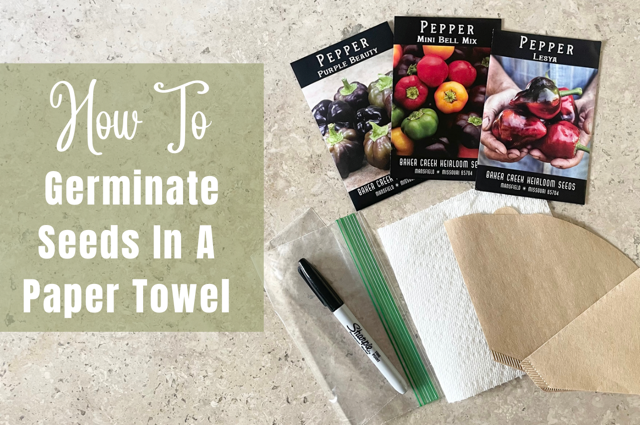
Have you ever planted seeds and very few of them germinated? It happens to the best of us, despite our best efforts. Fortunately, there’s an easy trick to increase the germination rate of of seeds. That trick is to start growing seeds in wet paper towels or coffee filters inside a plastic ziploc bag.
Growing seeds in a damp paper towel creates an ideal environment for the germination of seeds. The seeds receive the right amount of heat, moisture, and light to sprout, ensuring quick and successful germination.
Let’s break this down a little more in the next section
Why germinate seeds in a paper towel?
1. The right moisture levels.
When we plant seeds in a seed starting mixture, it’s up to use to make sure those seeds stay moist until germination. With air constantly circulating around the soil, and that soil being warmed up from grow lights, it can dry out pretty quickly. If seeds dry out during the germination process, they won’t survive and will no longer be viable seeds.
By sprouting seeds on a damp paper towel, inside of a plastic bag, we can capture the right moisture level our little seedlings so desperately need and ensure that they won’t dry out and fail to thrive and grow.
2. Higher germination rate
Another benefit to the paper towel germination method is a higher germination rate. By providing the right conditions for starting seeds, we increase the number of seeds that sprout.
This is especially helpful with old seeds.
You may have noticed a date stamped on your packets of seeds. For years, I thought that was an expiration date and I threw away all my seeds at the end of the season. I thought they would no longer grow after the current season.
Fortunately, this isn’t true! Seeds can last for years, depending on the variety. The only change is a reduced germination rate. By growing them in a paper towel, with that ideal environment, we increase the rate of germination.
3. Checking seed viability
A third benefit to germinating seeds in a paper towel is checking the viability of your seeds. Older seeds with a germination rate of less than 50% should be tossed in the compost pile. Directions for performing a germination test are further down in this post.
4. Full trays of seedlings
Finally, I prefer pre-sprouting seeds so I can be sure every pot has a growling seedling in it. Maybe I’m a tad OCD, but it really frustrates me when I lay out my 6-cell trays, fill them with soil, plant them up with my seeds, and after everything starts to grow, I’m left with a handful of empty cells where seeds didn’t sprout.
By starting seeds in paper towels, I can pot up every one of those 6 cells and have all 6 cells growing seedlings.
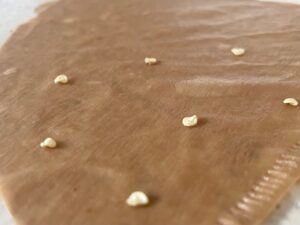
What types of seeds grow best in paper towels?
Although most seeds will grow better inside of a paper towel, there are a few different types that greatly benefit from this method.
Old seeds
The first type of seed that benefits from being grown in paper towel are old seeds. Like we discussed above, old seeds have a lower germination rate than new seeds. Growing them in an ideal environment give you the best chance for a higher germination rate.
Starting a few old seeds in a paper towel also allows us to check the viability of old seeds without planting up a bunch of seedlings trays. If they germinate in a paper towel, we know the seeds are still viable. If they don’t, no space under grow lights was wasted.
Hard to germinate seeds
The second type of seed that benefits from being grown in a paper towel are hard to germinate seeds. Just like some plants are harder to care for than others, some seeds are harder to germinate.
For example, pepper seeds can be difficult to grow simply because it can take them a month or more to germinate. They need the right amount of light, consistent moisture, and steady temperatures during this time. It can be easy to get busy and forget about little seedlings over the course of a month, and if they get too dry, they don’t sprout.
When we grow pepper seeds in paper towels, the moisture stays consistent through the entire growing period. Once the pepper seeds have finally sprouted, they can be transplanted into potting soil.
Rare seeds
A third type of seed that benefits from germinating in paper towels are rare seeds.
I once bought a rare type of bell pepper, and only a few seeds came in the packet. I planted them in my usual 6-cell trays and placed them under grow lights, hoping for the best. Only one, tiny little seed germinated.
If I had it to do over, I would have started with the paper towel method. I may not have sprouted every seed, but I think my success rate would have been much higher.
Tiny seeds
Finally, small seeds benefit from the paper towel method. Trying to plant a tiny seed and not lose it when you water can be tricky. It’s also hard to see where they land as you plant them. Pre-sprouting in a paper towel helps tremendously.
How to test seeds for germination with the paper towel method
When finding an old packet of seeds, it’s best to do a germination test to determine if it’s worth trying to plant them. Although old seeds may sprout, they might not growing into healthy seedlings, which means they won’t grow into healthy plants. We want healthy plants, because healthy plants are better able to fight off diseases, pests, and withstand changes in the weather.
To perform a germination test:
- Select 10 seeds from the packet you want to test.
- “Plant” them according to the instructions below for the paper towel method.
- Find the average number of days for germination for the type of seed, either by finding it on the seed packet or looking it up with google.
- Wait the number of days for germination, and then count up your seeds that have sprouted.
- Determine the percent of germination by multiplying by 10. For example, if 5 seeds sprout, 7×10 is a 70% germination rate. If 3 seeds sprouted, that’s a 30% germination rate.
If your germination rate is 50% or higher, the seeds are considered viable and worth planting. Anything lower, and it’s best to replace the seeds with a new packet. Although they may grow, the odds are higher that they will be weak plants that struggle over the course of the season.
Related:
How Long Does It Take For Vegetable Seeds To Sprout?
FREE Printable Seed Starting Chart
Winter Sowing Seeds: A Complete Guide To Getting Started
How to germinate seeds in a paper towel
This method is very simple to get started with. You probably have all the supplies on hand! It’s also a fun activity for gardening with kids. They can help set everything up, and it’s a lot of fun to see the little seeds sprouted on the paper towels.
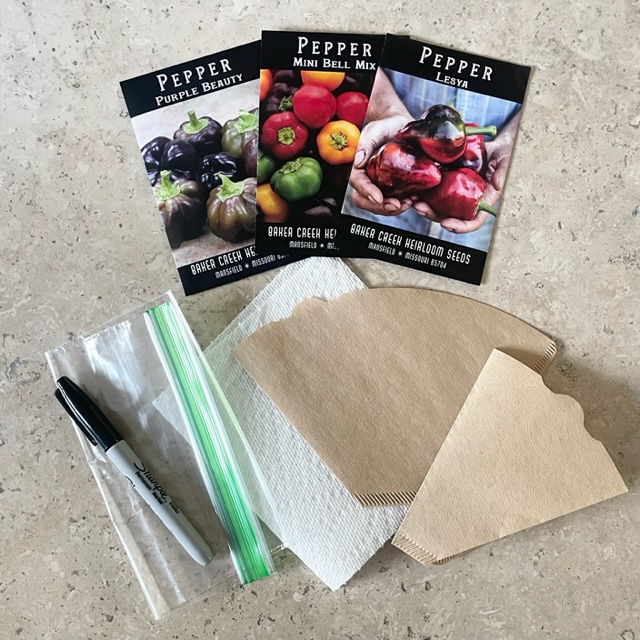
Supplies needed:
- Plastic sandwich bag
- Paper towels or coffee filter (see note below)
- Seeds
- Water
- A sunny window, or grow lights
- Optional: a heat mat (but use very carefully, and only if needed)
Directions:
1. Grab a single paper towel and fold it to fit in a sandwich baggie. If using a coffee filter, cut or fold it to fit in the plastic bag.
2. Using a permanent marker, mark your baggie with the type of seed. You can also add the average germination period, or set a reminder on your phone to check on them after the recommended days to germination.
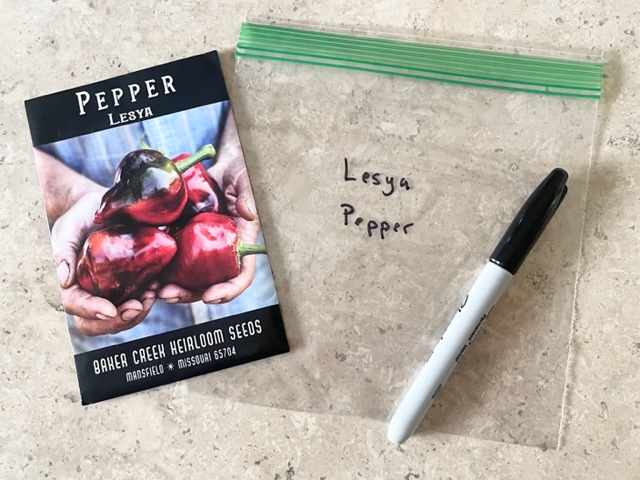
3. Wet the paper towel and slightly wring out the excess water. You want it to be wet, but not dripping.
4. Place your seeds on top of the paper towel or coffee filter about an inch apart.
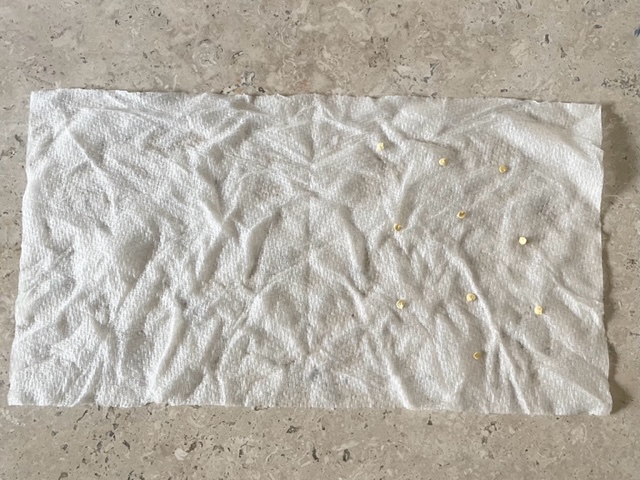
5. Fold the paper towel or coffee filter in half so the seeds are sandwiched inside, and place it inside the baggie.
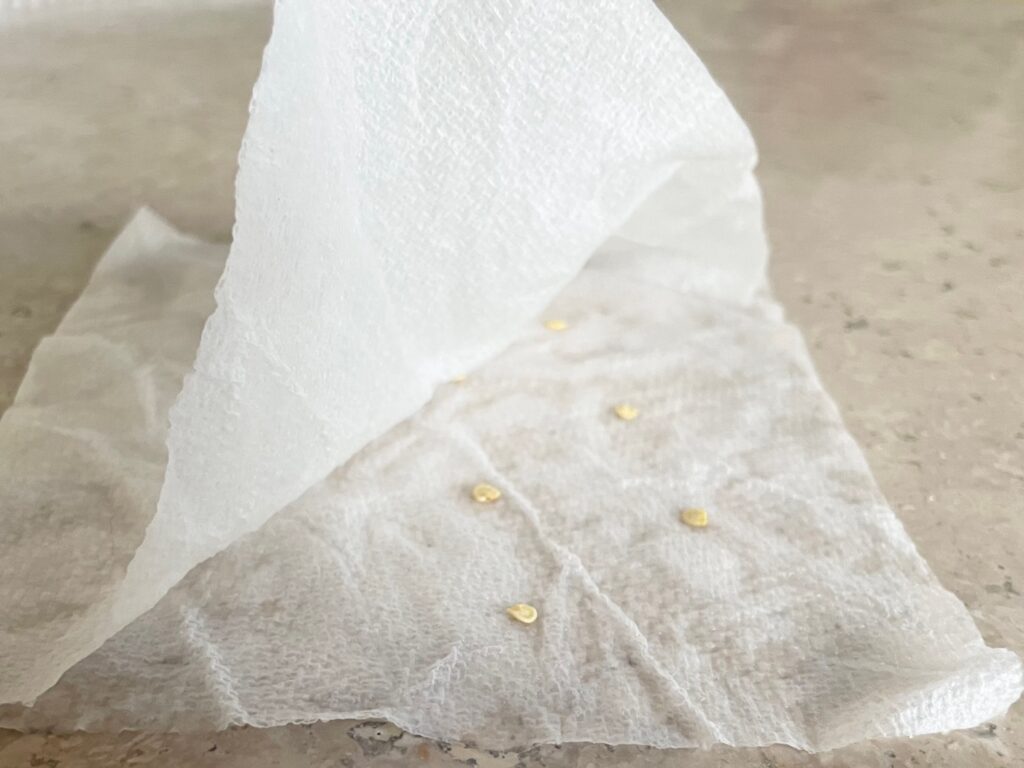
6. Seal the baggie up, leaving some air inside. The air creates a greenhouse effect, helping to keep the seeds warm. You can even blow air inside using a straw before sealing the bag up.
To do this, place the straw just inside the bag and seal the bag tight up to the point of the straw. Blow air through the bag until it’s full, and quickly slide the straw out and seal the bag shut.
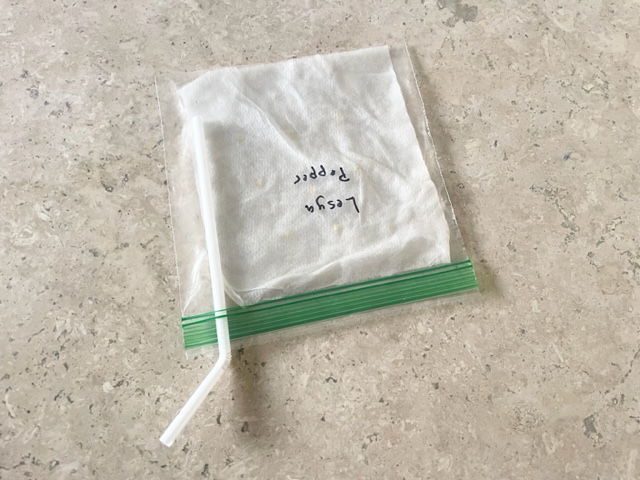
7. Place seeds in a warm spot, such as a warm, sunny window with indirect light. You want them warm, but not so hot you cook them, so skip the seedling heat mat for this method of germination. You’ll also want to avoid placing them in direct sunlight.
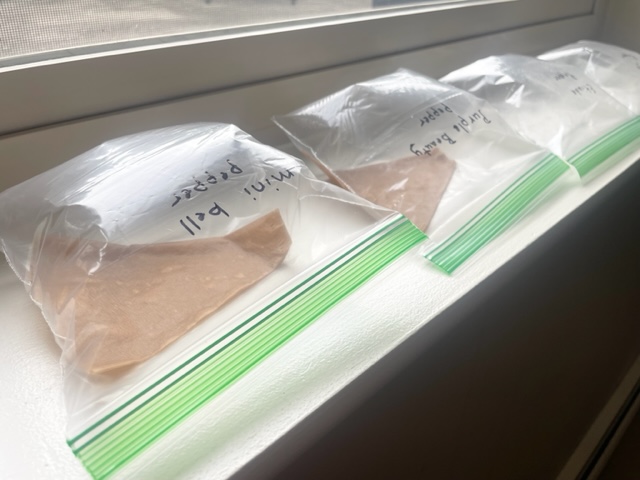
Watch your baggies for signs of life as you approach the average days to germination. Many seedlings germinate quicker than normal using the baggie method, so they may sprout a bit early. You shouldn’t need to rewet your paper towel, especially if you’re seeing condensation on the inside of the bag. If your seeds have a long germination time (anything over 2 weeks) open the bag and check the paper towel or coffee filter for dry spots. If it seems like it’s drying out, use a spray bottle to spritz some water onto it to dampen it back up.
Note: Although a piece of paper towel can work just fine for sprouting seeds, coffee filters have a denser weave. This prevents the roots from growing into the fibers before you have a chance to transplant them. If you use paper towel and this happens with your seedlings, simple cut around each seedling carefully. The paper towel should break down over time after planting.
What to do with seeds after germination
After your seeds have germinated, continue to let them grow until the root (also called a radicle) has grown an inch or two in length.
To plant your seedlings, carefully lift each sprouted seed from the paper towel by the seed coat. Dig a tiny hole in your potting mix, about the length of the radicle. I use the eraser end of a pencil for this.
You’re going to want your seedling buried so that all of the white part of the root is buried in the soil, and the stem and seed coat are above the soil line.
To transplant your seedling into the hole in the potting mix, use the pencil eraser to gently work the root down into the length of the hole. Tap the soil around your seedling so that the soil line is around the bottom of the stem, and the root is completely buried in the soil.
If the seed cost is still attached to your seedling, leave it in place. It will fall off on its own when the first leaves, or cotyledons, start to grow in.
A few things to keep in mind when transplanting your seedlings:
- Baby seedlings are very delicate in this stage. Don’t tug on them or bury them with too much force.
- If your seedlings have grown through the paper towel, do not tug on them or try to remove them. Using sharp scissors, carefully cut around each seedling and bury them with the paper towel still attached. It will break down over time, and the seedling will grow just fine.
- It’s best to plant your germinated seed within a couple days of sprouting, or the moisture in the bag can cause them to rot. If some of the seeds have not sprouted, remove and plant the ones that have and wait a few more days for the rest to sprout. If any are left after those few days, they’re not viable seedlings and can be tossed in the compost pile.
- Once you’ve transplanted your seedlings, set them under grow lights and keep the soil damp, but not wet. Make sure they have adequate airflow around them, or they can get “damping off disease” and you could lose your entire collection of seedlings. Seedlings cannot recover once they suffer from damping off.
- Watch for your seedlings to develop their second set of true leaves. Once they reach this stage of growth, they can be hardened off and transplanted to their permanent place in the garden.
In conclusion
Now that you know how to grow seeds using the paper towel seed germination method, you should have a much higher success rate with sprouting your seeds! If you ever come across a super old packet of seeds and wonder if they’re worth planting, give the plastic bag method a try.
